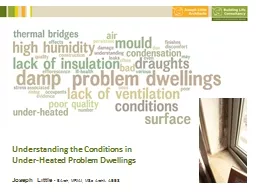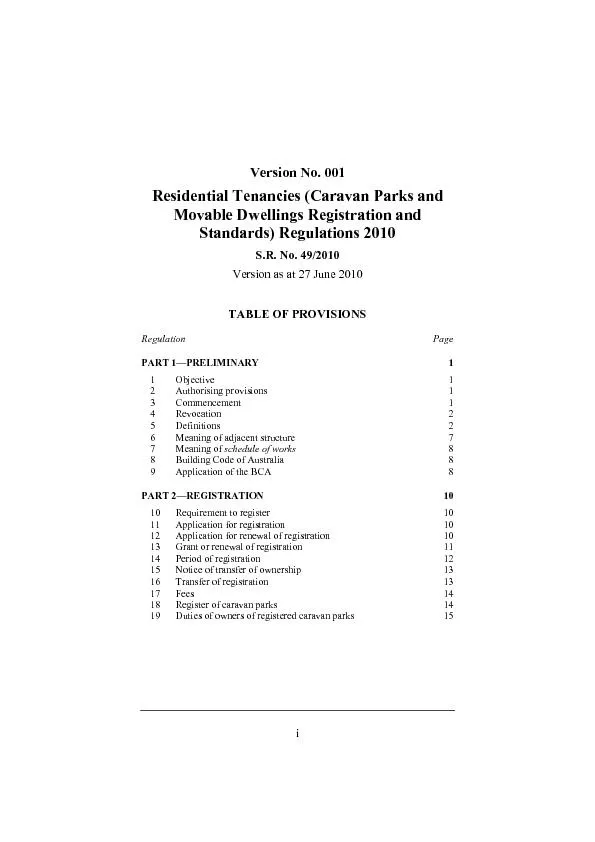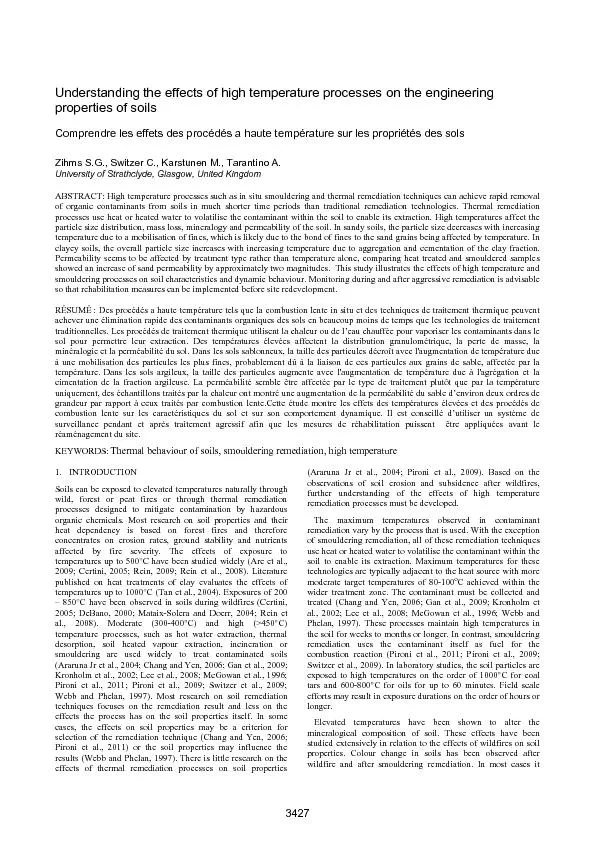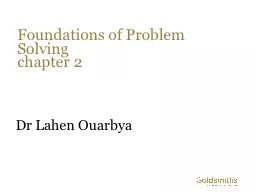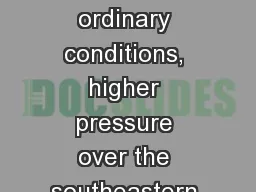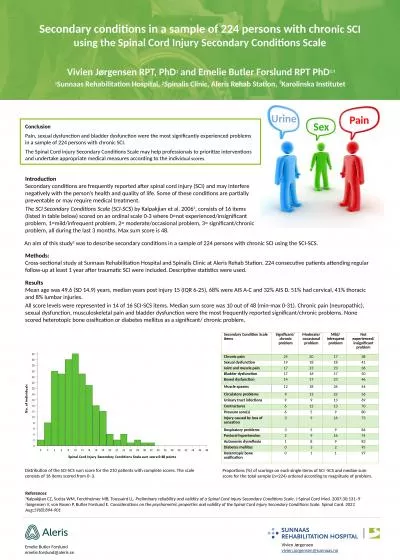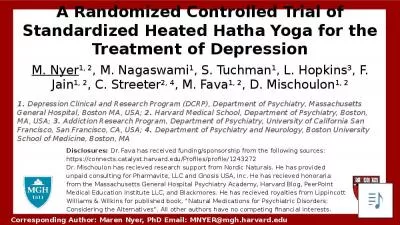PPT-Understanding the Conditions in Under-Heated Problem Dwelli
Author : sherrill-nordquist | Published Date : 2016-03-09
10 slides max Joseph Little BArch MRIAI MSc Archit AEES 10 slides max There can be four parties responsible for problem dwellings 1 The builderdeveloper who
Presentation Embed Code
Download Presentation
Download Presentation The PPT/PDF document "Understanding the Conditions in Under-He..." is the property of its rightful owner. Permission is granted to download and print the materials on this website for personal, non-commercial use only, and to display it on your personal computer provided you do not modify the materials and that you retain all copyright notices contained in the materials. By downloading content from our website, you accept the terms of this agreement.
Understanding the Conditions in Under-Heated Problem Dwelli: Transcript
Download Rules Of Document
"Understanding the Conditions in Under-Heated Problem Dwelli"The content belongs to its owner. You may download and print it for personal use, without modification, and keep all copyright notices. By downloading, you agree to these terms.
Related Documents

